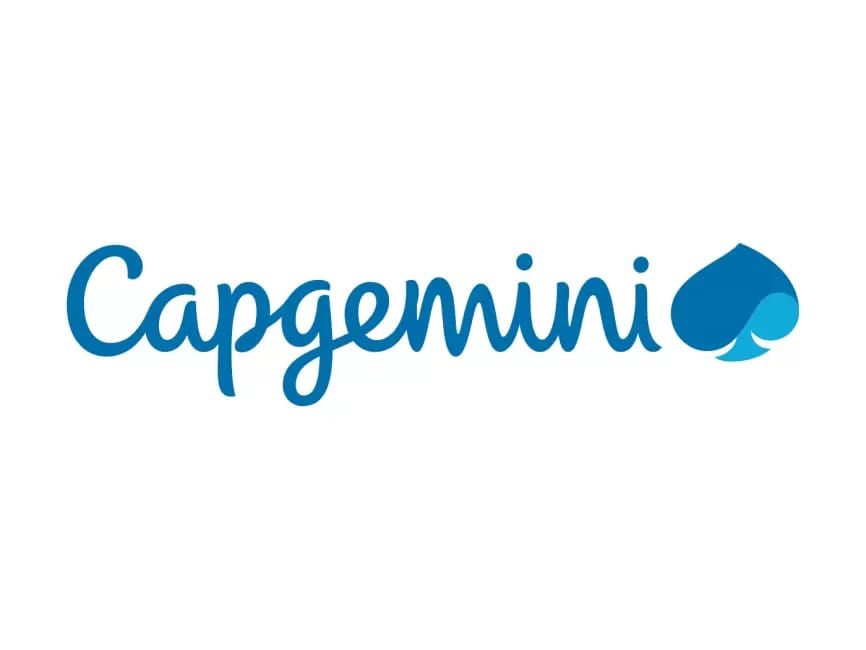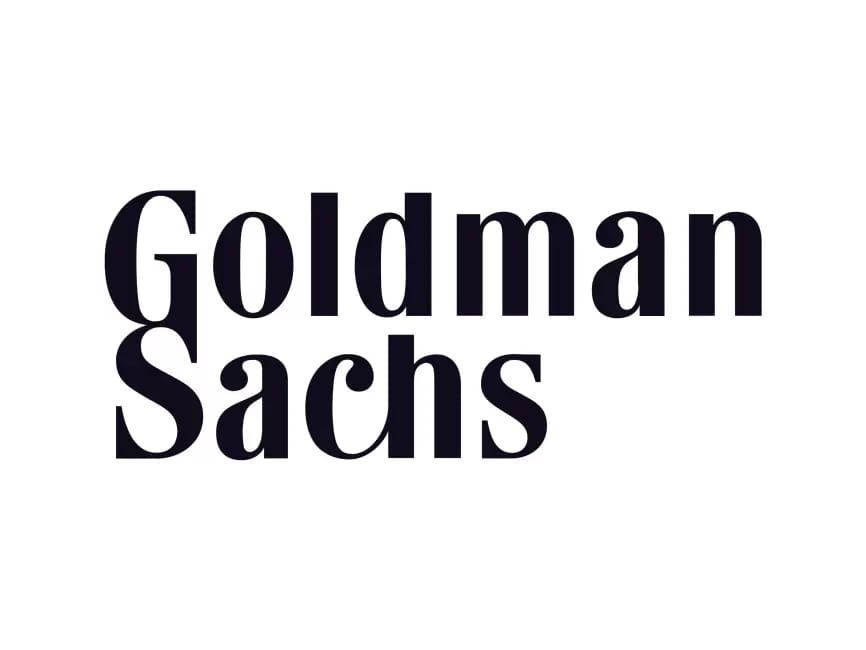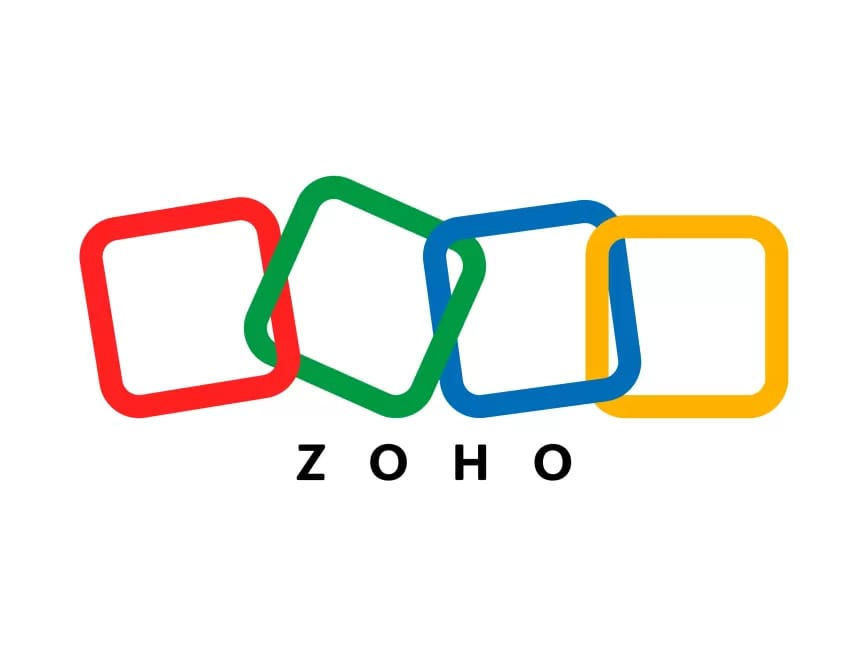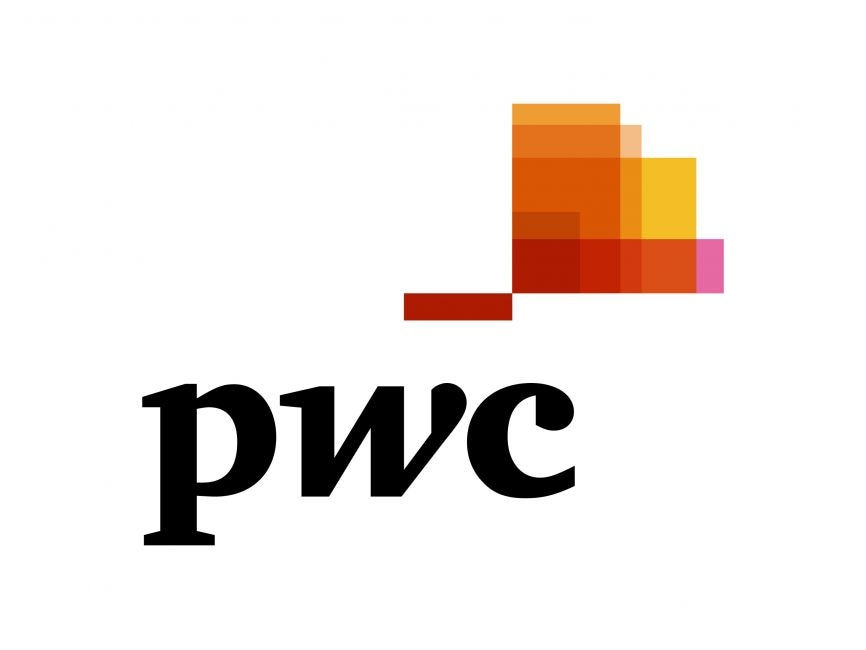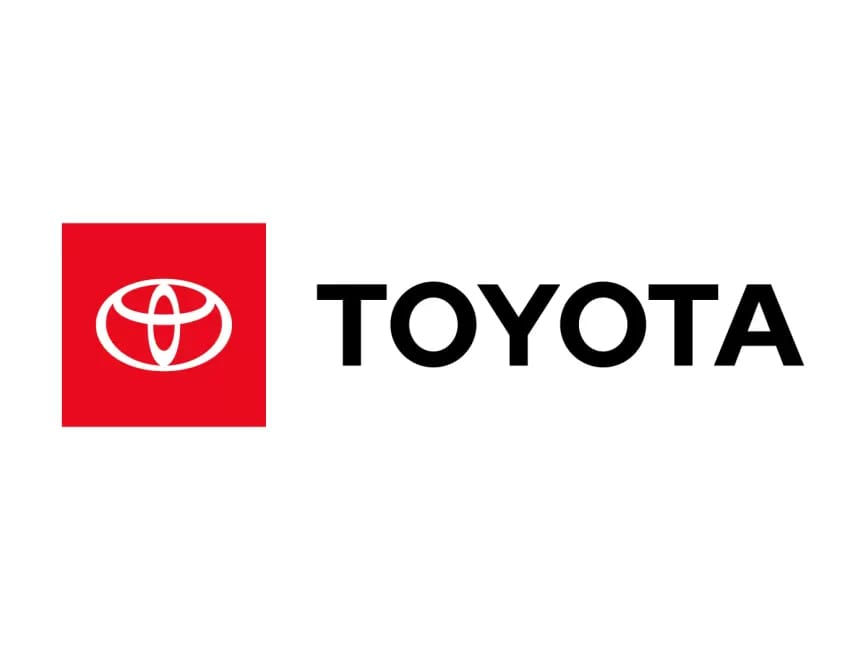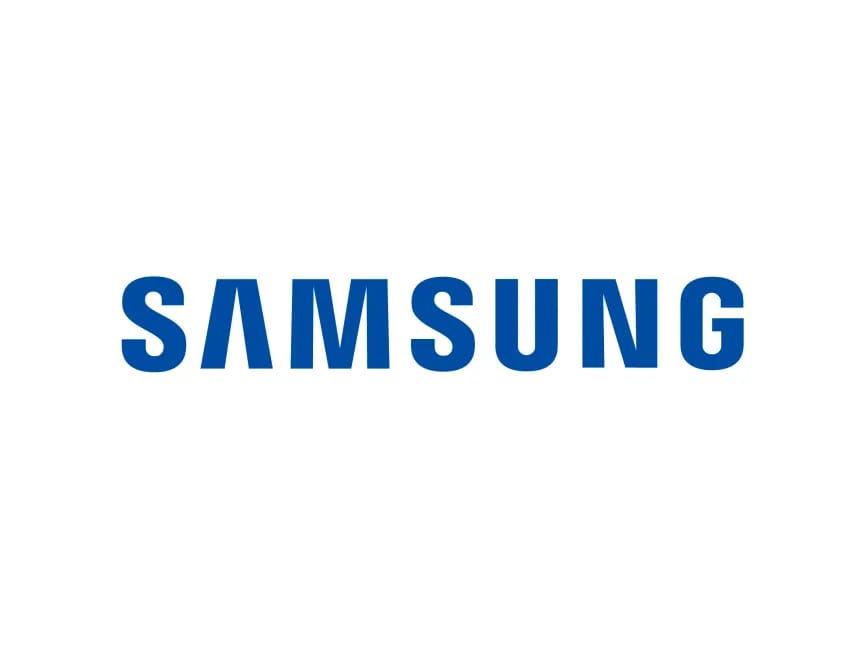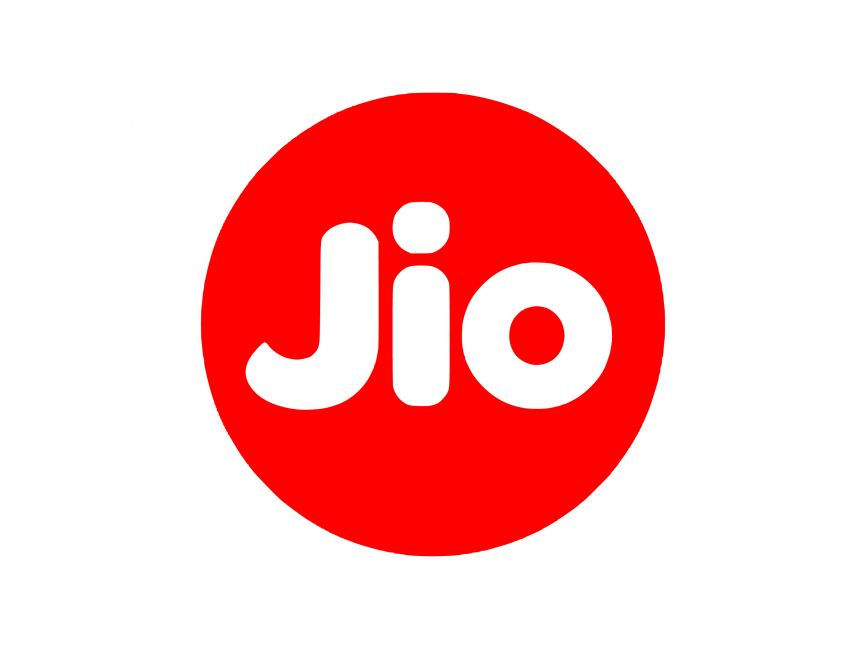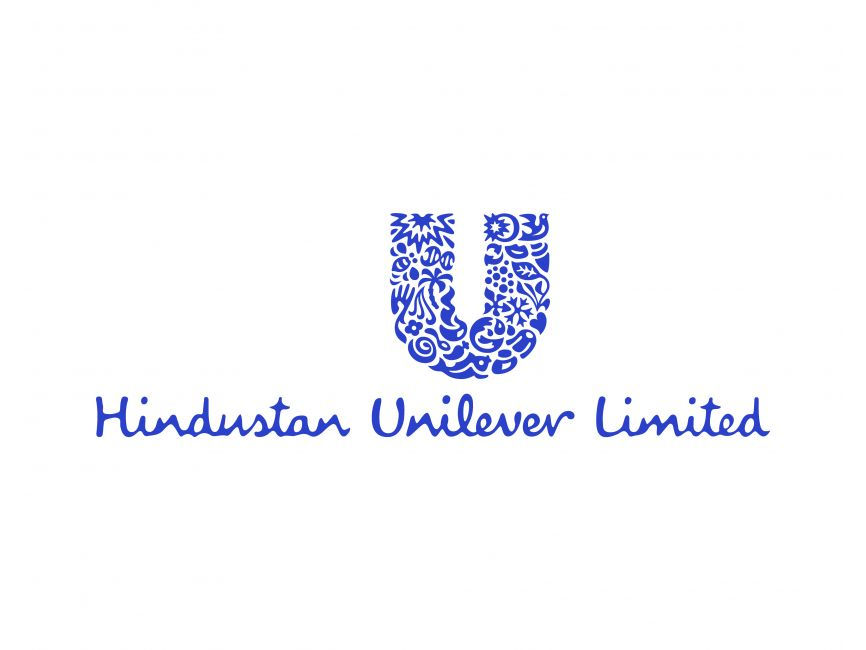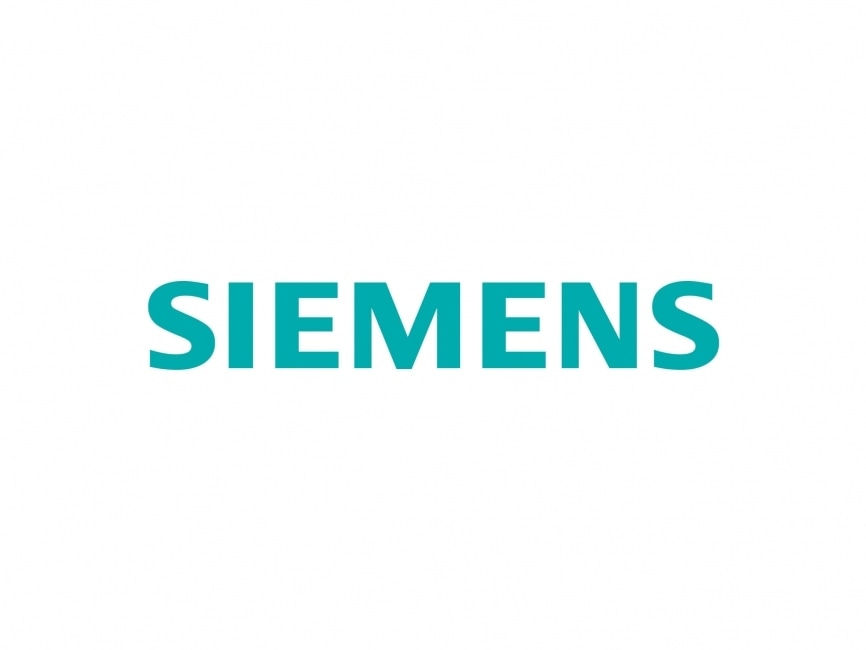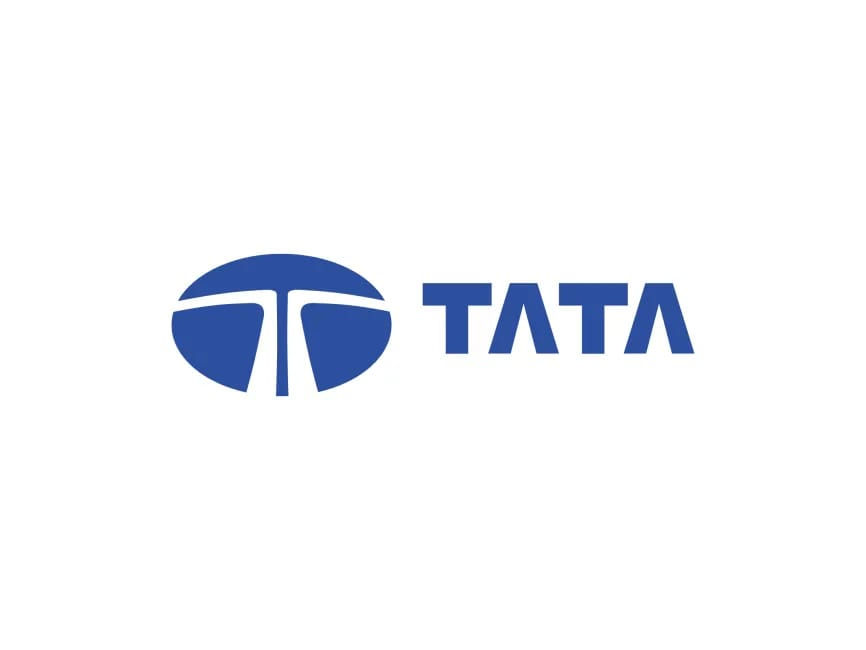Data Science Training
The Data Science Training Program is a hands-on course designed to prepare individuals for careers in data science and analytics. It covers key topics like data manipulation, visualization, machine learning, and big data tools such as Python, R, SQL, Tableau, and more. Participants gain practical experience through real-world projects and receive guidance from industry experts.
With flexible learning options, career support, and an industry-recognized certification, this program is ideal for graduates, IT professionals, business analysts, and data enthusiasts. It equips learners with the skills to analyze complex datasets, build predictive models, and make data-driven decisions in a competitive job market.
4.8
Self - Paced Program
-
Pre-recorded videos
-
6+ Hours of Live Classes by Industry Experts
-
Doubt Sessions
-
Real-time Projects
-
Certifications
-
Placement Guidance / Support
Professional Mentor Program
-
Pre-recorded videos
-
8+ Hours of Live Classes by Industry Experts
-
One-on-one Doubt Sessions
-
Real-time Projects
-
Certifications
-
Placement Guidance / Support
Why Choose Skillairo?
Expert-Led Training
Internship experience
Industry Relevent Curriculum
Hands-On Projects
LMS Access
Comprehensive Tools and Technologies
professional certifications
Career Support
TRAINING PATH
SKILLS COVERED
INDUSTRY PROJECTS
COVID-19 Data Analysis

This project involves analyzing global or regional COVID-19 data to visualize trends, forecast future cases, and provide real-time insights through interactive dashboards. The main components include: 1. Data Collection & Preprocessing: Gather data from reliable sources (e.g., WHO, Johns Hopkins) and clean it for analysis, including handling missing data and feature engineering. 2. Exploratory Data Analysis (EDA): Visualize trends (cases, deaths, recoveries) using graphs and charts to identify patterns and anomalies. 3. Time Series Forecasting: Use models like ARIMA, Prophet, and LSTM to predict future COVID-19 cases and deaths. 4. Real-Time Dashboard Deployment: Build an interactive dashboard using tools like Plotly Dash or Streamlit to provide real-time updates and visualizations of trends. 5. Predictive Analytics & Insights: Model the impact of various factors (e.g., vaccination, lockdowns) and provide actionable insights for decision-making. Technologies: Python, R, Scikit-learn, TensorFlow, Plotly, Dash, APIs. Outcome: A predictive model and dashboard that offers insights for governments, healthcare organizations, and the public, supporting better decision-making during the pandemic.
Real-Time Traffic Prediction for Smart Cities

This project involves building a real-time traffic prediction system to optimize traffic flow and reduce congestion in smart cities. It uses data from traffic sensors, cameras, and historical traffic patterns to predict traffic conditions and suggest optimal routes. The key components include: 1. Data Collection & Preprocessing: Gather data from sources such as traffic sensors, GPS, and historical traffic records. Clean and preprocess the data, handling missing values and outliers. 2. Feature Engineering: Extract features like traffic density, time of day, weather conditions, and special events that affect traffic patterns. 3. Traffic Prediction Models: Use machine learning algorithms such as Random Forest, Gradient Boosting, and Deep Learning (e.g., LSTM, CNN) to predict traffic congestion in real-time. 4. Real-Time Data Integration: Integrate live data from sensors and cameras to provide real-time updates on traffic conditions and predict congestion patterns. 5. Visualization & Dashboard: Develop an interactive dashboard to display real-time traffic conditions, predicted congestion areas, and optimal route suggestions. Tools like Plotly Dash or Tableau can be used for visualization. Optimization & Route. 6. Suggestions: Use predictive models to suggest alternate routes for drivers, aiming to reduce congestion and travel time. Technologies: Python, TensorFlow, Scikit-learn, Deep Learning (LSTM, CNN), Plotly, Dash, Real-time data integration (IoT, APIs). Outcome: A traffic prediction system that helps reduce congestion, optimize traffic flow, and improve urban mobility in smart cities, benefiting both commuters and city planners.
Fraud Detection for Credit Card Transactions

This project focuses on building a machine learning model to detect fraudulent credit card transactions in real-time, helping financial institutions minimize fraud risk. It involves analyzing transaction data to identify patterns of fraud and implementing predictive models to flag suspicious activities. The key components include: 1. Data Collection & Preprocessing: Gather transaction data, including transaction amount, time, location, and customer details. Clean the data by handling missing values, encoding categorical variables, and normalizing numerical features. 2. Feature Engineering: Extract relevant features such as transaction frequency, spending behavior, and location-based patterns to help identify anomalies that may indicate fraud. 3. Modeling & Training: Apply machine learning algorithms such as Logistic Regression, Random Forest, XGBoost, and Deep Learning (e.g., Autoencoders) to classify transactions as fraudulent or legitimate. 4. Imbalanced Data Handling: Use techniques like oversampling (SMOTE), undersampling, or anomaly detection methods to address the class imbalance problem (fraudulent transactions being much less frequent than legitimate ones). 5. Model Evaluation & Optimization: Evaluate the model’s performance using metrics such as Precision, Recall, F1-Score, and ROC-AUC to ensure it effectively detects fraud while minimizing false positives. 6. Real-Time Fraud Detection System: Deploy the trained model into a real-time fraud detection system, capable of flagging suspicious transactions as they occur and triggering alerts. Technologies: Python, Scikit-learn, XGBoost, Keras, TensorFlow, SMOTE, Real-time data integration (APIs). Outcome: A fraud detection system that helps credit card companies identify and prevent fraudulent transactions, protecting customers and minimizing financial losses.
Price Optimization for Airlines

This project aims to develop a machine learning model to optimize ticket pricing for airlines based on demand, competition, seasonality, and other market factors. By predicting the optimal price for flights, airlines can maximize revenue while ensuring competitiveness. The key components include: 1. Data Collection & Preprocessing: Gather data on historical flight prices, customer booking behavior, competitor prices, flight routes, weather conditions, and holidays. Clean and preprocess the data by handling missing values, encoding categorical features, and scaling numerical variables. 2. Feature Engineering: Extract relevant features such as time to departure, seasonality, day of the week, and competitor pricing to understand their impact on demand and pricing strategies. 3. Demand Forecasting: Use time series forecasting models like ARIMA, Prophet, or machine learning models (Random Forest, XGBoost) to predict flight demand based on historical trends, economic conditions, and special events. 4. Price Optimization Models: Develop a pricing optimization model using machine learning algorithms like Linear Regression, Random Forest, and Reinforcement Learning to suggest the best price point for each flight, maximizing revenue while considering demand elasticity. 5. Dynamic Pricing Strategy: Implement a dynamic pricing system that adjusts flight prices in real-time based on factors such as remaining seats, booking trends, competitor prices, and time to departure. 6. Model Evaluation & Optimization: Evaluate the model’s performance using metrics such as Mean Absolute Error (MAE) and Root Mean Squared Error (RMSE) for demand prediction, and assess the revenue impact of price optimization. 7. Dashboard & Reporting: Develop a dashboard to visualize pricing trends, revenue forecasts, and the impact of price changes. Use tools like Tableau or Plotly Dash for real-time insights. Technologies: Python, Scikit-learn, XGBoost, ARIMA, Prophet, Reinforcement Learning, Tableau, Plotly Dash. Outcome: A price optimization system that helps airlines set competitive prices, maximize revenue, and enhance customer satisfaction by adjusting prices based on real-time demand and market conditions.
Recommendation System

This project focuses on building a recommendation system to provide personalized product or content suggestions to users based on their preferences, behavior, and interactions. The system can be applied to e-commerce platforms, streaming services, or any business aiming to enhance user experience and drive engagement. The key components include: 1. Data Collection & Preprocessing: Gather data on user interactions, such as clicks, views, ratings, and purchase history. Clean and preprocess the data by handling missing values, encoding categorical variables, and normalizing numerical features. 2. Types of Recommendation Systems: Collaborative Filtering: Use user-item interactions to recommend items based on similar user preferences. Techniques include user-based and item-based collaborative filtering using similarity metrics like cosine similarity or Pearson correlation. Content-Based Filtering: Recommend items similar to those a user has interacted with, based on item features such as categories, tags, and descriptions. Hybrid Methods: Combine collaborative filtering and content-based filtering to provide more accurate and diverse recommendations. 3. Modeling & Training: Apply machine learning models like Matrix Factorization (e.g., Singular Value Decomposition), K-Nearest Neighbors (KNN), or Deep Learning techniques (e.g., Neural Collaborative Filtering) to train the recommendation system. 4. Evaluation & Optimization: Evaluate the model’s performance using metrics such as Precision, Recall, F1-Score, Mean Squared Error (MSE), and Root Mean Squared Error (RMSE). Fine-tune the model using cross-validation and hyperparameter optimization. 5. Real-Time Recommendations: Deploy the recommendation system to provide real-time suggestions based on user behavior and interactions. Update recommendations dynamically as new data is collected. 6. Personalization & Filtering: Implement personalization features that tailor recommendations based on user demographics, preferences, and historical behavior, and use filtering techniques to ensure the suggestions are relevant. 7. Visualization & Dashboard: Develop a dashboard to visualize recommendation patterns, user interactions, and model performance. Tools like Plotly Dash or Tableau can be used for real-time insights. Technologies: Python, Scikit-learn, TensorFlow, Keras, Surprise (Collaborative Filtering), LightFM (Hybrid Methods), Plotly Dash, Tableau. Outcome: A personalized recommendation system that enhances user experience by providing relevant suggestions, improving user engagement, increasing sales or content consumption, and fostering customer loyalty.
CERTIFICATIONS
Get certified in Data Science through our program and receive both a Training Completion Certificate and an Internship Completion Certificate. The prestigious Top Performer Certificate is awarded to outstanding students who performed exceptionally well during both the training and internship phases.



PRICING PLAN
Add terms and conditions
Best Value
Self-Paced Program
5,000
Valid until canceled
✔️ Pre-recorded videos
✔️ 6+ Hours of Live Classes by Industry Experts
✔️ Doubt Sessions
✔️ Real-time Projects
✔️ Certifications
✔️ One-on-one Doubt Sessions
❌ Interview Assistance
❌ Placement Guidance
Choose your pricing plan
Find one that works for you
Add terms and conditions
Best Value
Mentor Led Program
9,000
Valid until canceled
✔️ Pre-recorded videos
✔️8+ Hours of Live Classes by Industry Experts
✔️ Doubt Sessions
✔️ Real-time Projects
✔️ Certifications
✔️ One-on-one Doubt sessions
✔️ Interview Assistance
❌ Placement Guidance
Choose your pricing plan
Find one that works for you
Add terms and conditions
Best Value
Advanced Program
18,000
Valid until canceled
✔️ Pre-recorded videos
✔️ 24+ Hours of Live Classes by Industry Experts
✔️ Doubt Sessions
✔️ Real-time Projects
✔️ Certifications
✔️ One-on-one Doubt session
✔️ Interview Assistance
✔️ Placement Guidance
Choose your pricing plan
Find one that works for you
DATA SCIENCE INDUSTRY TRENDS
These trends underscore India's expanding role in the global data science landscape, supported by a robust IT industry and a growing pool of skilled professionals.
33.7% Annual Growth Rate
The data science and analytics sector in India is experiencing significant growth, with the data science platform market projected to expand from USD 155.9 million in 2020 to USD 1,193.1 million by 2027, reflecting a compound annual growth rate (CAGR) of 33.7%.
According to a report by IMARC Group, the India data science platform market is expected to grow at a compound annual growth rate (CAGR) of 19.90% during the forecast period from 2024 to 2032.

Source: Grand View Research, IMARC
Other key industry trends
-
In terms of revenue, India accounted for 3.2% of the global data science platform market in 2020.
-
Country-wise, U.S. is expected to lead the global market in terms of revenue in 2027.
-
In Asia Pacific, China data science platform market is projected to lead the regional market in terms of revenue in 2027.
-
India is the fastest growing regional market in Asia Pacific and is projected to reach USD 1,193.1 million by 2027.
INR 3.8-31.6 L Annual Salary
In India, data scientists earn an average annual salary of approximately ₹1,206,500, with total compensation around ₹1,396,500 per year. Entry-level positions start at about ₹3.8 lakhs per year, while experienced professionals can earn up to ₹31.6 lakhs annually.Salaries vary by location, with Gurgaon offering an average of ₹13,91,002 per year, Bengaluru at ₹12,33,521, and Hyderabad at ₹12,09,141.
The data science industry in India is experiencing significant growth, with projections indicating a 15-20% increase in job opportunities across various sectors by 2025.


OUR OFFICIAL TRAINING PARTNERS
Through partnerships with top-tier institutions, we provide specialized training that is designed to support students' academic and professional growth.

IIM KASHIPUR
AGNITRAYA
OUR ALUMNI WORK AT
Our alumni are already pushing boundaries in their fields. Former students are excelling in high-profile industries and influencing the landscape of tomorrow.








